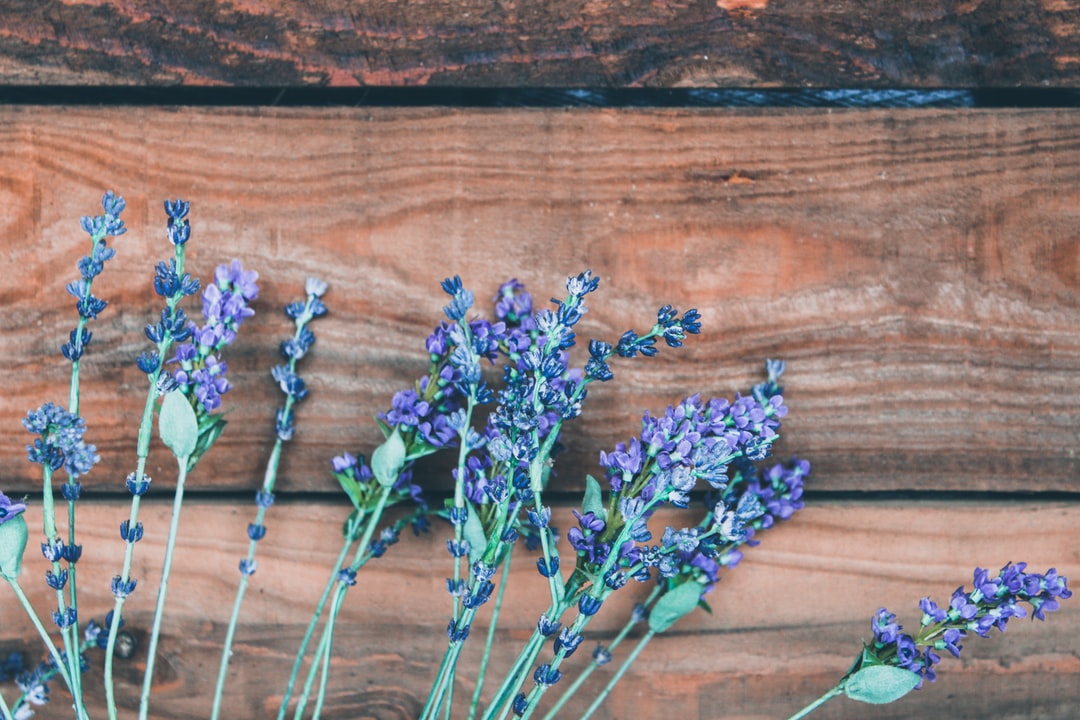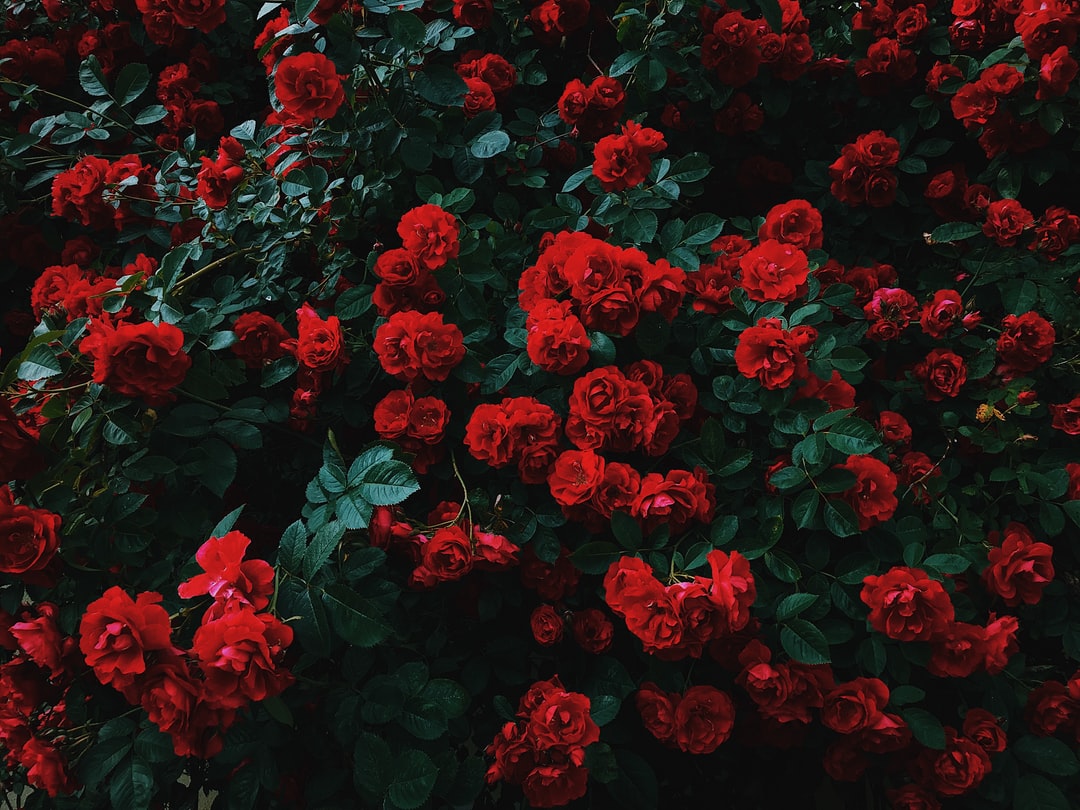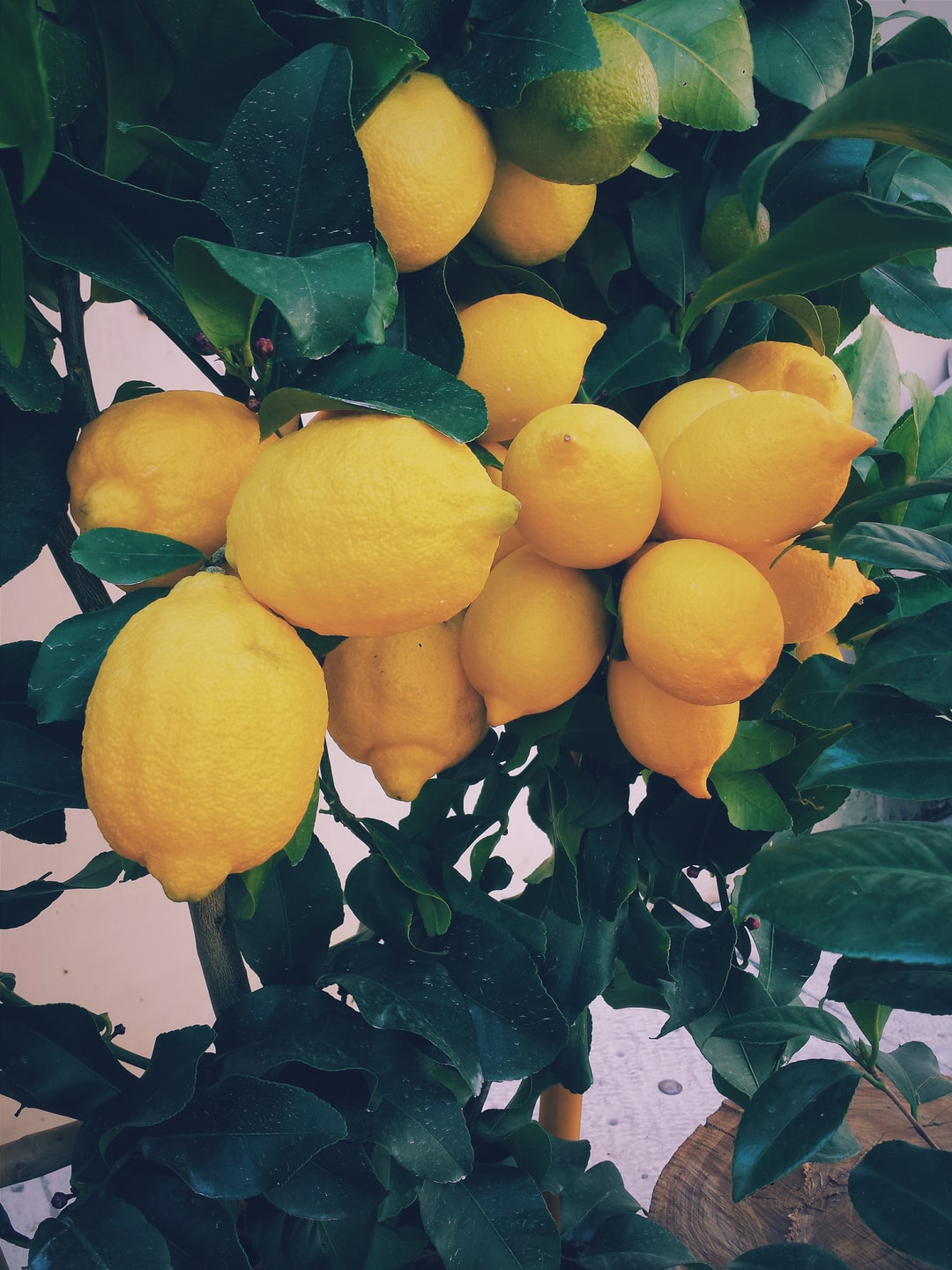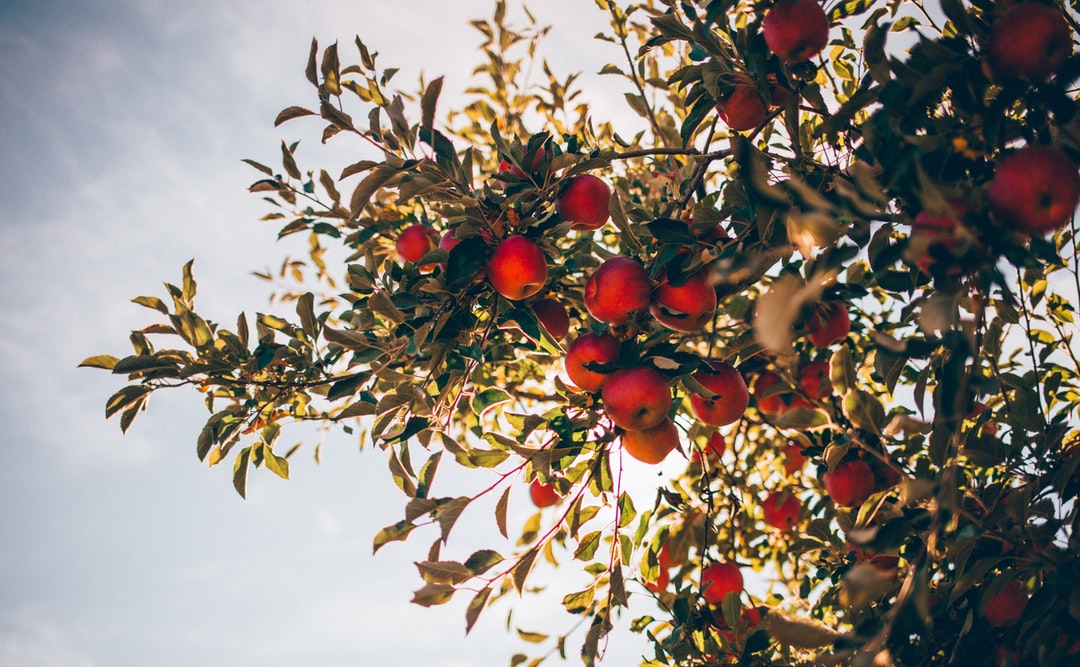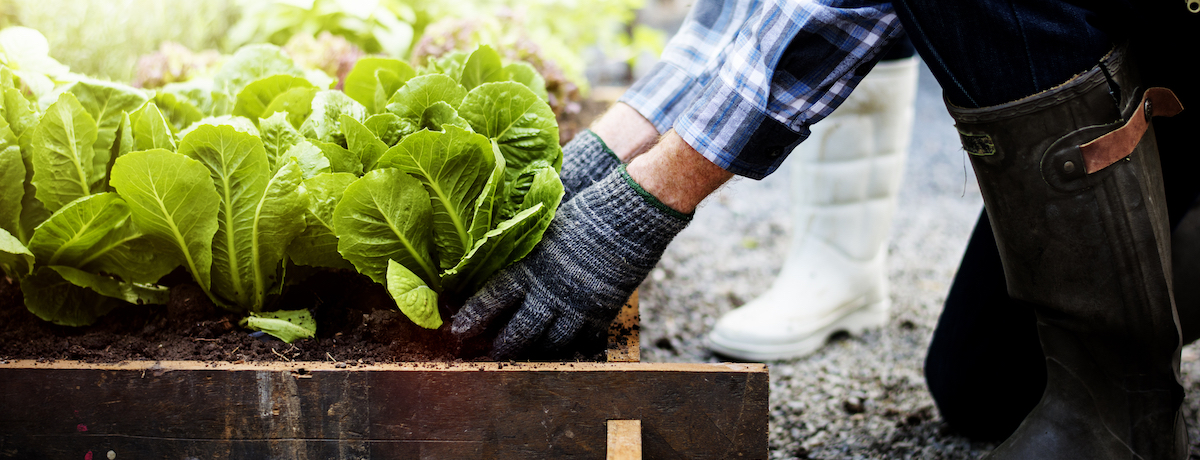If you have a garden, it more than likely contains lavender! This must-have plant not only looks great when it flowers but lavender also offers a calming scent that is said to help you get a good night’s sleep. Learning how to prune lavender correctly keeps the plant healthy and ensures its continued growth for many years to come.
When pruning, you can also use the cut lavender flowers for fragrant wardrobe sachets, a cocktail garnish, and more when it is dried! Luckily, this is one of the lower maintenance plants on offer. Read on to learn how to prune lavender to keep your garden looking great.
Why prune lavender?
While growing lavender is pretty easy, it does still require a small amount of maintenance twice a year to ensure long-lasting results with minimal effort. Pruning lavender is much more necessary for older plants, and the variety you own will have an effect on its lifespan.
Pruning trains the plant to handle a little more stress while directing the nutrients to new stems instead of trying to repair old ones. This will keep your plant neat and tidy! Shaping your plant correctly will also allow it to grow evenly and maintain its look for longer.
How to prune the different types of lavender
Before pruning, it’s important to understand which type of lavender you have. There are many species, but the two most popular varieties are English and French lavender. They have different blooming times, but the pruning techniques are pretty much the same.
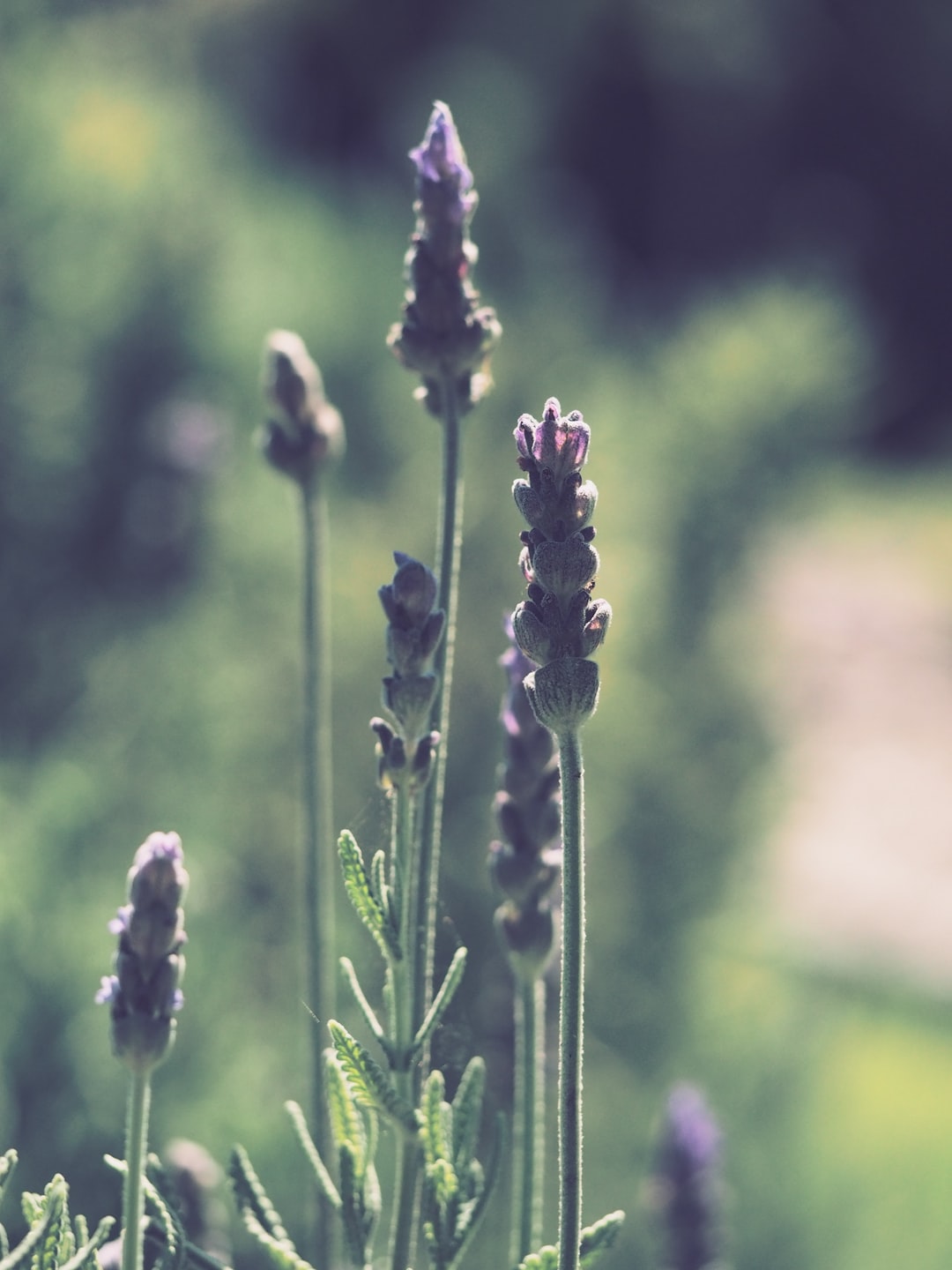
How to prune English lavender
English lavender is the most common and also the most versatile with a lifespan of 25 years or more if taken care of properly. This plant will thrive in the outdoors offering long, slender blooms in the late spring to early summer. It only requires a small amount of pruning after the first harvest, then a slightly more in-depth prune during summer.
The best part about this variety is how forgiving it is if you happen to miss a pruning session. It also makes for great hedges, essential oils, tea, or potpourri.
How to prune French lavender
French (or sometimes Spanish) lavender will bloom in the middle of spring with the lifespan of around three to five years. It produces shorter flowers with very delicate petals. This variety of lavender will bloom in summer and regenerate much faster than the English variety. This means it only requires a light prune but performed more frequently.
This type of lavender does not like cold temperatures but is an excellent decorative indoor plant during winter.
The best time to prune your lavender plants
As a general rule across all lavender varieties, you should do the bulk of your pruning during spring, summer, or after harvest. The key is to prune a few months before winter, so the plant is not damaged by frost. Aim for regular pruning twice a year so the lavender can regenerate fresh flowers for the next season.
If you have a young plant, you should always allow it time to establish its roots before pruning. After this, you can clear away the new growth to increase its volume at the end of the first year. Pruning is always much easier as the plant gets older.
When the plant reaches middle-age, heavy pruning is necessary, and it is a good idea to clear about one-third of the length. At this point, you can shape the plant to allow for a decent amount of airflow and spacing between the blossoms.
When it comes to a fully-matured plant, it is time for some heavy pruning. This will wake up the dormant older stems so the plant will flower again.
The tools you need to prune lavender
Always have your tools prepared before getting started. Sharpen your shears and trimmers to create a clean-cut and ensure they are clean and sanitised to avoid contamination and disease.
To prune lavender, it is best if you have:
- Gardening gloves
- Pruning shears for small plants
- A hedge trimmer for outdoor hedges
Steps and tips for how to prune lavender
These five simple steps and tips will help you make sure your pruning skills are honed to create a healthy and beautiful looking lavender plant. Maintenance for lavender is easy, but also very necessary.
1. Deadheading lavender
Always remove any dead or damaged sections from the shrub of your lavender plant. Aim to do this during the summer, or as needed throughout the year to keep your plant looking its best and healthy.
2. Pruning
To prune, grab a bunch of shoots and cut back at least two-thirds of the length. Cut a few nodes above the base of the bush, just ensure that you do not cut too close to the bottom.
3. Shaping
Create a more appealing shape for your lavender and try to keep it symmetrical all around. This will allow the plant to grow evenly, and it will increase the amount of time before you need to reshape it again.
4. Positioning
Keep your lavender plants in the sun as they really love the warmth! Positioning them in the sunshine as much as possible during the warmer months prepares them for the colder ones. If dealing with English or Spanish lavender, protect them from the colder climates by moving them to a greenhouse or indoors when it starts to cool down.
5. Cloning
You can actually clone lavender with cuttings from your prunings to propagate more. Just place them in a small pot, then move to a soil bed as they grow.
Lavender will add some colour to your garden or home, as well as provide a beautiful and calming scent to the air. Keeping them in good shape not only ensures they look visually appealing, but it will extend their lifespan and provide you with lush blooms for many years to come.
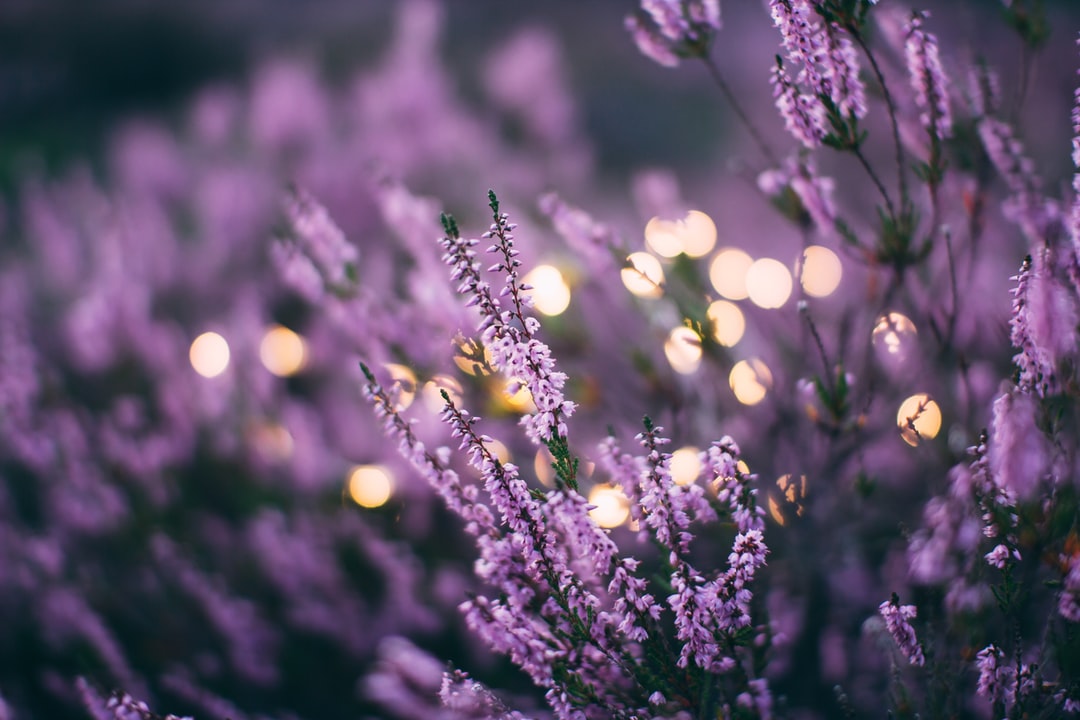
Frequently asked questions
What happens if you don’t prune lavender?
Lavender is one plant that is easy to grow, but it does still require a small amount of maintenance twice a year to ensure long-lasting results with minimal effort.
If you do not prune, you will not be able to train the plant to handle stress, and it will direct its nutrients to the fruitless activity of repairing old stems as opposed to growing new ones. Essentially, pruning will keep your plant neat and tidy, making your garden look a lot nicer and less overgrown.
How do you cut back lavender for winter?
It is important to keep your lavender plants inside during the colder climates. To prune them in preparation for winter, grab a bunch of shoots and cut back at least two-thirds of the length. Cut a few nodes above the base of the bush, just ensure that you do not cut too close to the bottom.
Make sure you use sharpened shears to create a clean cut. It is also important to sanitise them before pruning to make sure you are not spreading any disease to what will be a vulnerable freshly-pruned plant.
Are you supposed to cut back lavender?
Yes, cutting back or pruning lavender twice a year will ensure long-lasting result plant that is neat and tidy. If you have a young plant, you should always allow it time to establish its roots before pruning. Pruning is always much easier as the plant gets older, and when the plant reaches middle-age, heavy pruning is necessary. Clear about one-third of the length and shape the plant to allow for a decent amount of airflow and spacing between the blossoms.
Good looking lavender means a good looking garden
The time and effort your spend pruning your lavender, or any other plant for that matter, is well spent as it keeps your garden looking its best and ensures good health for your plants. It’s always better to undergo smaller bits of work in a garden with longevity than avoiding the maintenance tasks and having to due huge gardening overhauls to bring your plants back up to scratch.
If your schedule is a little too tightly-packed or your thumbs simply aren’t as green as you would like, there are many taskers who can help! Find someone to take care of your tree pruning, regular garden pruning or just a general tidy-up to save you some time. You can also find a range of taskers to help with planting and shrub bush trimming to ensure the job is done correctly.
For those of you who love to garden, however, we have plenty more helpful articles to ensure you get the most out of your outdoor tasks. Have a read about our tips for garden flowers, the best way to create a cottage garden look and feel and how to create a garden path so you can enjoy your work with ease! There is no end to the many ways you can increase the aesthetic and your enjoyment of the garden. Grab the gloves, pick a nice day and get to it!


